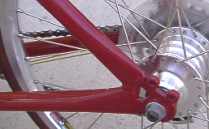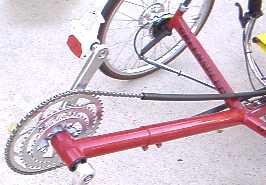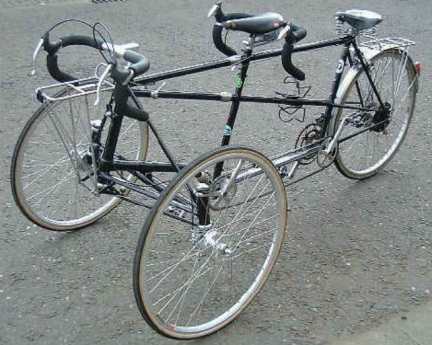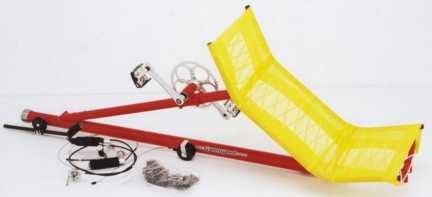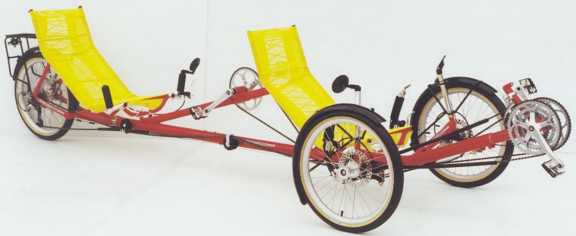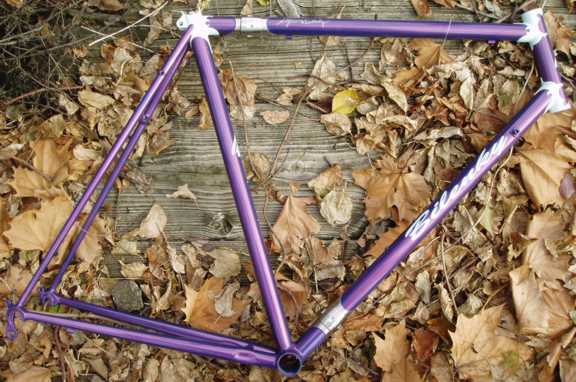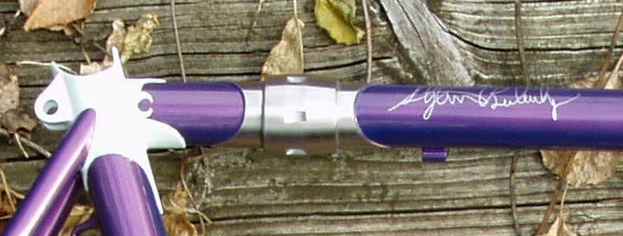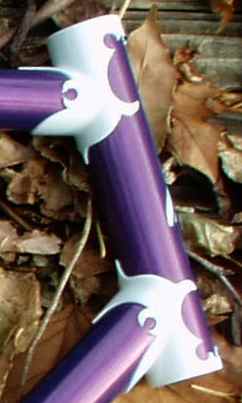Aufhauser Oxyacetylene Braze Welding copper alloy filler rods and fluxes enable the joining of many base metals. They are especially useful on steel and cast iron.
Braze welding is similar to torch brazing, except that joint openings may be wider and the distribution of filler metal takes place by deposition rather than by capillary flow. Equipment and some filler metals used in braze welding are the same as those used in torch brazing.
In braze welding of ferrous metals, the base metal is not melted. The filler-to-base-metal bond is the same as in torch brazing. Flux is applied to the joint surfaces, which, together with the surrounding area, are preheated to the point where the filler metal will wet or "tin" these surfaces. During welding, tinning precedes the weld puddle.
Aufhauser Braze welding products
- Produce groove, fillet, plug or slot welds in metal ranging from thin sheet to heavy castings
- Allow for build up, as in gas welding
- Offer a low temperature substitute for gas welding
- Are a low-cost substitute for brazing with silver alloys
Braze welding resembles brazing in two respects: (a) nonferrous filler metals are used, and (b) bonding is achieved without melting the base metal. On the other hand, braze welding resembles welding because it can be used for filling grooves and for building up fillets as may be required.
Major advantages
- Joints are made at lower temperature than in gas or arc welding
- Minimizing thermal stress and distortion
- Less susceptibility to cracking
- Soft and ductile weld deposits
- Easy machinability
- Low residual stress
- High strength fillets
- Simple, mobile equipment is simple for on-site repair
Drawbacks of the braze welding process include :(a) weld and base-metal colors do not match; (b) weld strength, while usually adequate, is limited by the strength of the copper alloy used, and thus to service below 500 F; (c) joints are subject to galvanic corrosion and to differential chemical attack. (Many of these disadvantages are overcome in the silver brazing of these alloys).
Uses
- in production joining applications
- for repairing broken or defective steel and cast iron parts
- for repairing cast iron castings in the foundry (with color mismatch)
- in machine shops, for correcting machining errors or modifying in-process parts
- in maintenance departments and tool rooms for repairing tools and equipment
- in mobile repair units (grain-harvesting crews, ship repairs)
Flame Adjustment
For carbon steels, the oxyacetylene flame for braze welding is adjusted to the neutral condition. For cast irons, the flame is adjusted to a slightly oxidizing condition by increasing oxygen or decreasing acetylene flow, which reduces the telltale acetylene "feather". When the feather disappears and the inner cone becomes slightly necked, the flame is oxidizing. This type of flame removes the graphite from surfaces of cast iron.
Air is not used as the combustion agent in braze welding, because it results in slow heating.
Aufhauser Braze Welding Filler Metals
All-weld-metal tensile strengths of these alloys range from approximately 50,000 to 70,000 psi. Melting temperatures of these alloys range from about 1600 to 1800 F.
Aufhauser Low Fuming Bronze (RCuZn-C) rods are also low-fuming bronze rods, and are of the same composition as Aufhauser LFB_B (RCuZn-B) except they do not contain nickel. RCuZn-C rods provide as-welded mechanical properties that are higher than those obtained with RBCuZn-A, and are widely used as general-purpose rods for braze welding of both steel and cast iron.
Aufhauser Nickel Silver (RBCuZn-D) rods have lower copper and higher nickel contents than those of the three other filler metals. Because of this difference in composition, the deposit from an RBCuZn-D rod is whiter and is thus used for braze welding when closer color match is important. RBCuZn-D provides the highest as-welded strength of the four braze welding filler-metal alloys that are discussed here.
Aufhauser Naval Brass (RBCuZn-A): contains up to 1% tin, which improves strength and corrosion resistance. These filler-metal rods are especially suited for use with oxyacetylene, and are considered as general-purpose rods for braze welding of steel and the various grades of graphitic cast iron.
Joint Properties.
Joints braze welded with one of the RCuZn filler metals have tensile strength at room temperature that usually ranges from 40,000 to 60,000 psi, depending on the filler metal used. The strength of the joint drops off very quickly at temperatures above 500 F. Color match with the base metal is not usually obtained, but where color is important the RBCuZn-D (nickel silver) rod is used. The bimetallic joint is subject to galvanic corrosion and is less resistant to alkaline solutions than the ferrous base metal.
Aufhauser Nickel Silver (RBCuZn-D) is often the superior choice because:
The filler metal is less susceptible to attack during cleaning; voids and roughness are reduced; cleaning time is less critical, giving the operator more latitude in removing smut; the filler metal is harder and less likely to feather during grinding; the roughness resulting from buildup of nickel is greatly reduced; color match is improved, making the joint less noticeable. In addition, the joint strength is higher.
Fluxes
Fluxes for braze welding are not the same as those used for capillary brazing. Because the temperatures used in braze welding (often higher than 1800 F) are higher than those used in most capillary brazing, and because the time of exposure to elevated temperature is longer in braze welding, the flux used must have a higher melting point and be able to withstand sustained exposure at the higher temperatures.
Three types of flux are in general use:
1) A basic type of flux, which simply facilitates braze welding by cleaning the base metals and aiding in the tinning operation.
2) A flux, available in paste form, that performs the functions of the basic flux described above and, in addition, suppresses the formation of zinc oxide fumes from the filler metal.
3) A flux, sometimes called a tinning flux, that is formulated expressly for use in braze welding of gray or ductile iron.
The first two of the above-listed fluxes are generally satisfactory for braze welding of steel and malleable iron. The second type is sometimes used with copper-zinc filler metals in capillary brazing. The third type contains iron oxide or manganese dioxide, either of which combines with the surface carbon of the gray and ductile irons; consequently, this type of flux, is preferred for braze welding these cast irons.
Application of flux is done in any of four ways: (a) dipping the heated filler-metal rod in the flux, (b) brushing flux on the joint before brazing, (c) using flux-coated filler-metal rods, or (d) fluxing through the gas flame.
The use of flux-coated filler rods or gas fluxing eliminates the fluxing operation and ensures uniform application. Gas fluxing is used chiefly on steel in production.
Joint Preparation
In base metals thicker than about 2 inches, the edges of butt joints for braze welding are prepared with a 90° or a 120° V-groove, to provide a wide bonding area. Fillet, plug and slot welds present naturally open faces. Edge preparation in base metals less than about 2 inches thick can be optional; either a square groove with a root opening comparable to the thickness may be used, or a V-groove may be cut. The V-groove makes it possible for the braze welding operator to see whether the joint is properly filled; this is not always possible in torch brazing.
In applications involving thin joints with parallel-side joint surfaces and relatively close clearances, it is sometimes difficult to determine whether the joining process qualifies as brazing or braze welding, because there is some capillary action.
Cleaning Before Braze Welding
For satisfactory results in braze welding, joint edges must be as clean as possible before the operation begins. In order to obtain maximum bond strength, the joint surfaces must be bright and free of oil, rust or other foreign matter. Also, the metal surrounding the joint edges must be cleaned, both on bottom and on top.
The use of a salt bath is best for cleaning any of the cast irons prior to braze welding, just as it is for brazing. If a salt bath is not available, however, following procedure is reasonably satisfactory.
If the surface of cast iron has been ground, the graphitic smear can be removed by quickly heating the surface until it is dull red in color and, after cooling, going over the surface with a wire brush. If greasy or oily cast iron is ground, some of the grease or oil may penetrate the surface. If this occurs, the resulting film should be removed by painting the surface with chemically pure hydrochloric acid. After 15 minutes, the surface must be scrubbed with a wire brush and cold clean water.
Pre-heating and Post-heating
Although it is not always necessary, iron castings may be preheated before being braze welded, to ensure success of the operation. The preheating may be local or general, depending on the size of the casting. Large castings require extensive preheating. A black preheat, or a low red heat visible in darkness (obtained at approximately advantageous in some applications to preheat to as high as 1650 F, but temperatures above 1000 F may have an adverse effect on the wetting action of the filler metal, because of oxidation of the surfaces before braze welding.
No post-heating is necessary after braze welding of cast iron. However, cooling of the braze welded assemblies is preferably retarded by wrapping them with asbestos or by the use of similarly effective methods.
Braze Welding of Steel
Braze welding of steel is faster than gas welding, because braze welding requires less heat. Overheating of the base metal must be avoided, to prevent the filler metal from failing to wet the joint surfaces. Low-carbon steels are heated no higher than 1350 F before the filler metal is deposited. Although the filler-metal alloys used in braze welding melt at temperatures between 1600 and 1800 F, the only rise in the temperature of the base metal is that incidental to deposition.
The low peak temperatures in braze welding reduce the probability of distortion and avoid the problem of melt-through in thin metals.
Production braze welding of metal furniture and similar products that are to be plated requires joints that are free of surface oxidation, overheated flux and smut film. In addition to pickling, it may be necessary to grind, brush, buff and polish the joint for satisfactory plating. These problems may be largely avoided by using Aufhauser Speed Flux (gas flux).
Braze Welding of Iron Castings
Unlike other welding processes, braze welding with Aufhauser copper alloy filler metals is effective on any type of cast iron. Peak temperatures of the base metal in braze welding can be low enough to avoid, or at least to cause very little, transformation during the heating cycle. Brittle transformation products in the heat-affected zone of the joint, therefore, can be largely prevented. The weld-metal strength is in the strength range of the gray irons, the ferritic malleable irons and the lower-strength ferritic ductile irons. Tension tests of braze welded joints have sometimes shown a disturbingly frequent occurrence of parting at the bond line, but this is generally attributed to improper cleaning, fluxing or tinning, and it emphasizes the need for care and skill.
The low temperature requirements of braze welding make the process particularly suitable for joining malleable iron. Cast iron base metal rarely needs to be preheated to more than 1000 F, and lower temperatures are often used. In fact, the base metal itself determines the correct preheating temperature; if too hot or too cold, the filler metal will not wet (or "tin") the joint. The heat added during braze welding is normally of short duration.
The principal drawbacks of braze welding as applied to cast iron are: a)the color of the copper alloy filler metal does not match that of the iron; b)the corrosion resistance of the weld metal differs from that of the base metal, being particularly low when the weld metal is exposed to strong alkalis; c) galvanic corrosion, due to dissimilar metals, may be a problem; and (d) the strength of a braze weld falls off rapidly with increasing temperature, so that the service temperature of the casting is limited to 500 F max.
Braze welding is used to join cast iron to itself or to other metals for production assemblies, and for repairing worn or broken castings.
Chief advantages over gas welding with cast iron rods:
- Lower cost
- Low thermal stresses minimize the possibility of cracking in the cast iron, which is a brittle material
- Low peak temperatures avoid the formation of brittle transformation products encountered with other joining processes.
- The copper alloy weld metal is sufficiently ductile to absorb most shrink age stresses without cracking or parting at the bond.

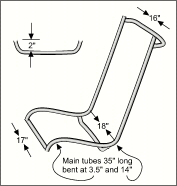

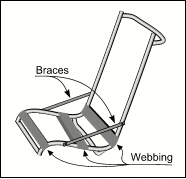
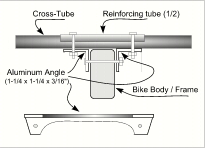

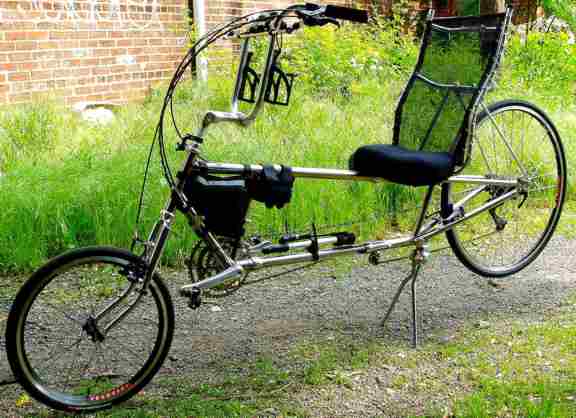


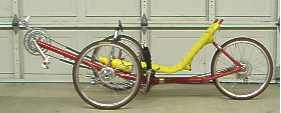
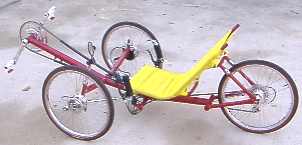

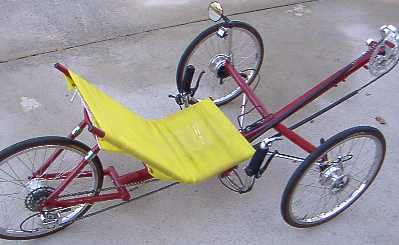
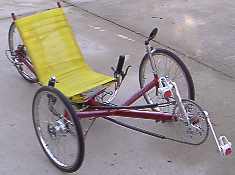
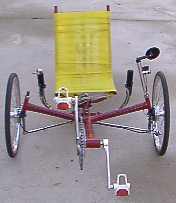
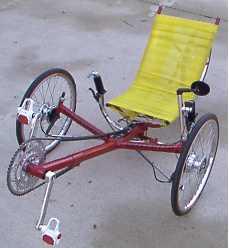
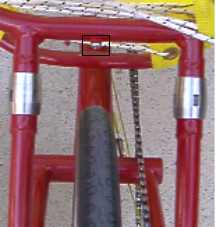
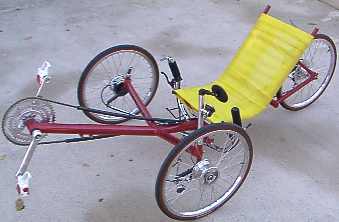
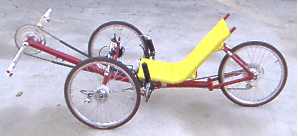
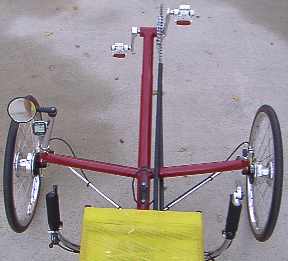
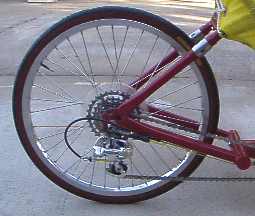
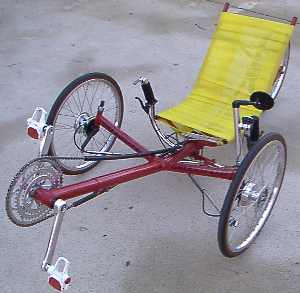 .
.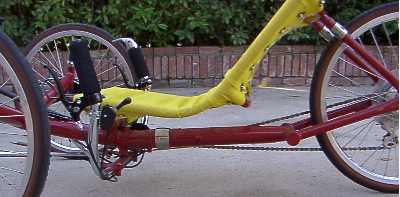 .
.